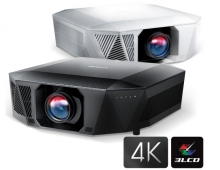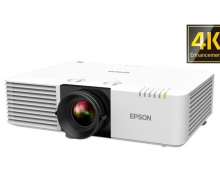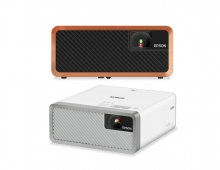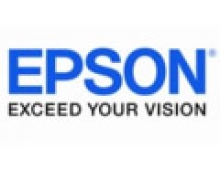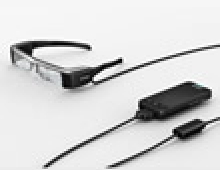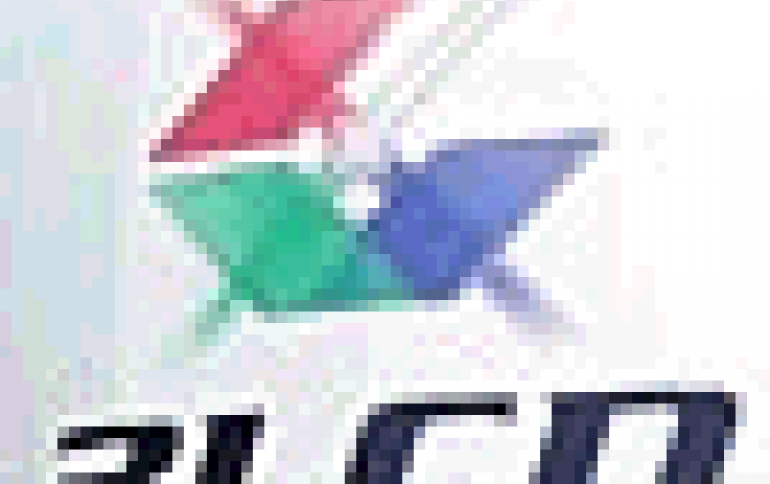
Study Finds Epson 3LCD Technology Produces Better Color Than Single Chip DLP Technology
Independent National Study of Leading Selling Projectors Shows People Prefer Color Quality From 3LCD Projector
When it comes to projecting better color, 3LCD technology's three-chip design beats single-chip DLP(TM) hands-down. This finding was discovered in a recent national study conducted by national market research firm Newman-Stein and commissioned by Epson America Inc.
In the study, which compared Epson's entry level EPSON PowerLite S1+ projector to a DLP projector from another leading manufacturer with comparable specifications and pricing, 64 percent of participants said they preferred the color of the Epson 3LCD projector to the DLP product. Study participants were asked to give their preference after viewing a series of five images presented side-by-side from the two projectors. Rigorous specifications for equipment set-up and viewing were developed and executed for the test.
Epson replicated this test at the recent Consumer Electronics Show (CES), inviting attendees to judge the quality for themselves.
All Epson projectors use 3LCD technology. One of the major benefits of this three-chip technology is that it displays full-time red, green and blue images simultaneously, which produces outstanding image quality and rich, natural colors. Conversely, most DLP projectors use a one-chip design with a color wheel to display sequential red, green and blue color. This can result in color breakup (commonly known as the "rainbow effect"), which in some instances can result in eyestrain and a reduction of color intensity.
Featured in more than 250 products comprising more than nine million projection engines globally, 3LCD technology is the world's most popular microdisplay technology, according to Pacific Media Associates' most recent annual data report. 3LCD technology also serves as the foundation for the next generation of high definition products for consumers and professionals. Several current-shipping 3LCD-based products were recently showcased at the 2005 Consumer Electronics Show in Las Vegas in conjunction with the announcement of the 3LCD Group, a joint marketing effort to educate consumers and video display professionals about the benefits and popularity of 3LCD technology. Participants in the group include Epson, Fujitsu, Hitachi, Panasonic, Sanyo and Sony.
"At Epson we believe that it is more important to show people the high performance of our products rather than just telling them," said Jim Hall, director, Audio Visual Projectors, Epson. "The color benefits of our 3LCD technology are very demonstrable. Therefore we wanted a test that not only met the highest, most rigorous standards for research but also that could be easily replicated so we could let people see the difference for themselves. The challenge, which simulated a real-world application rather than an extreme torture test, was well-received by people who wanted to understand the differences between 3LCD and DLP."
Current 3LCD-based products are capable of producing up to 68.7 billion displayable colors and typically provide a much broader range of grey tones than that of single-chip DLP products. 3LCD products also feature very competitive contrast ratios. More information about 3LCD technology is available at www.3LCD.com.
In the study, which compared Epson's entry level EPSON PowerLite S1+ projector to a DLP projector from another leading manufacturer with comparable specifications and pricing, 64 percent of participants said they preferred the color of the Epson 3LCD projector to the DLP product. Study participants were asked to give their preference after viewing a series of five images presented side-by-side from the two projectors. Rigorous specifications for equipment set-up and viewing were developed and executed for the test.
Epson replicated this test at the recent Consumer Electronics Show (CES), inviting attendees to judge the quality for themselves.
All Epson projectors use 3LCD technology. One of the major benefits of this three-chip technology is that it displays full-time red, green and blue images simultaneously, which produces outstanding image quality and rich, natural colors. Conversely, most DLP projectors use a one-chip design with a color wheel to display sequential red, green and blue color. This can result in color breakup (commonly known as the "rainbow effect"), which in some instances can result in eyestrain and a reduction of color intensity.
Featured in more than 250 products comprising more than nine million projection engines globally, 3LCD technology is the world's most popular microdisplay technology, according to Pacific Media Associates' most recent annual data report. 3LCD technology also serves as the foundation for the next generation of high definition products for consumers and professionals. Several current-shipping 3LCD-based products were recently showcased at the 2005 Consumer Electronics Show in Las Vegas in conjunction with the announcement of the 3LCD Group, a joint marketing effort to educate consumers and video display professionals about the benefits and popularity of 3LCD technology. Participants in the group include Epson, Fujitsu, Hitachi, Panasonic, Sanyo and Sony.
"At Epson we believe that it is more important to show people the high performance of our products rather than just telling them," said Jim Hall, director, Audio Visual Projectors, Epson. "The color benefits of our 3LCD technology are very demonstrable. Therefore we wanted a test that not only met the highest, most rigorous standards for research but also that could be easily replicated so we could let people see the difference for themselves. The challenge, which simulated a real-world application rather than an extreme torture test, was well-received by people who wanted to understand the differences between 3LCD and DLP."
Current 3LCD-based products are capable of producing up to 68.7 billion displayable colors and typically provide a much broader range of grey tones than that of single-chip DLP products. 3LCD products also feature very competitive contrast ratios. More information about 3LCD technology is available at www.3LCD.com.

